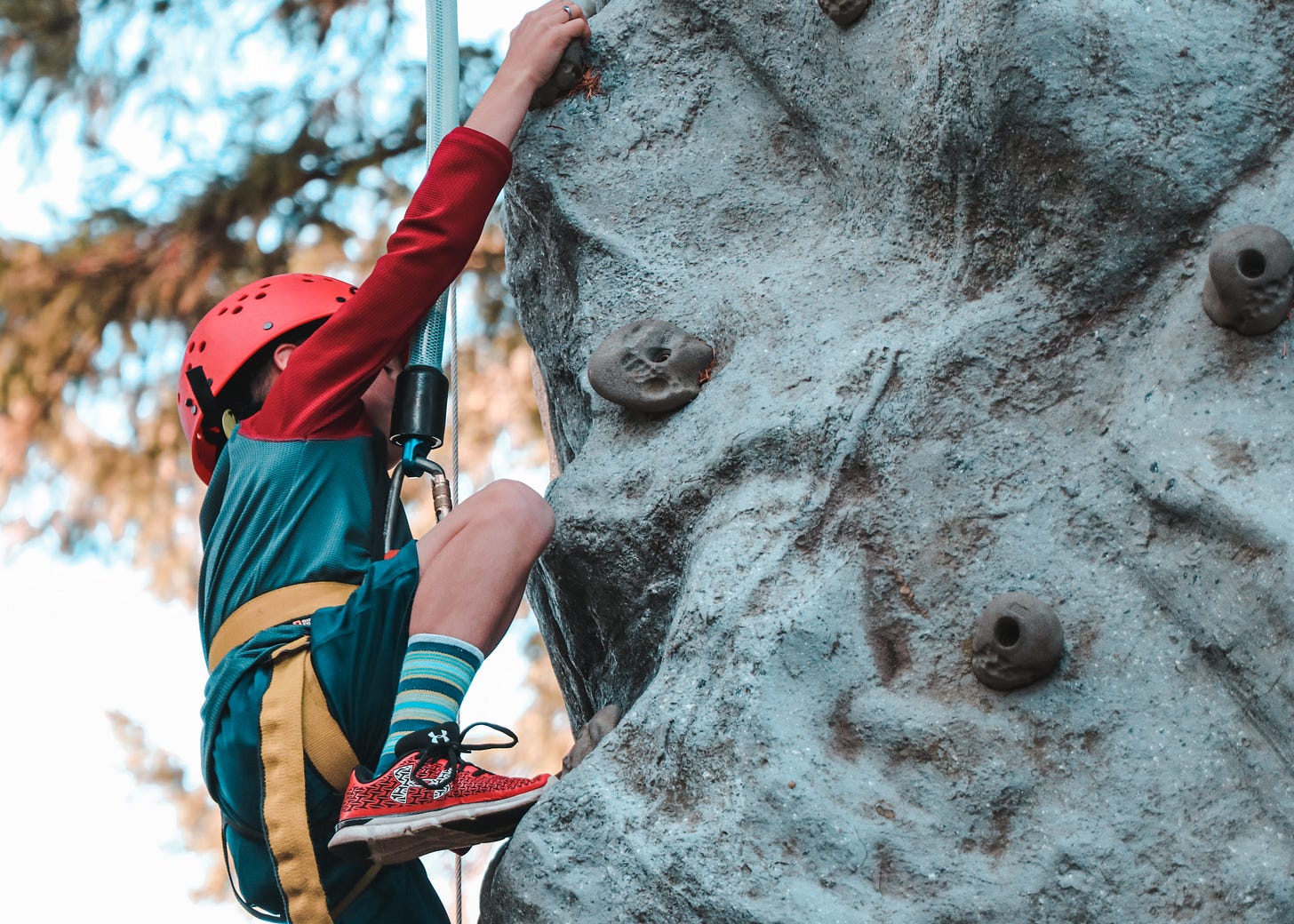Make Risks
Want more decisions from your teams? Help them engage in risk-taking behaviours.
It was stand-up, and we were focused on one card. There were 2 options presented, but the ideal decision-maker was on leave. One was easy, but not ideal from a UX point of view, and the other more complex and time-consuming. We were blocked. I was greedy, so I pressed, the quick approach wasn’t necessarily that bad on paper, got us the outcome we wanted, and was quick to deliver, it would be ready that afternoon.
When considering the options, we discussed:
The customer
The product experience
The amount of work required
The benefit of delivering it
By teasing these details out into the open, it was clear that we didn’t need to wait. We could just make the decision.
So we did the work, backed ourselves, and we were right. The team took the risk.
Encouraging risk-taking behaviours in teams
There can be a tendency when team decision-making roles are formalised to default to those decision-makers. One of the best ways to grow your team’s impact is to foster an environment where taking calculated risks is easy and safe.
We want our teams to have a bias for action, the trick is arming them to feel confident in taking that action.
For us, that confidence came from a few key areas:
Alignment, we understood the why of what we were building.
Empathy, we understood our customers and the experience they had using our product.
Psychological Safety, our Team Lead encouraged us to gamble the time and made it clear that if we were wrong, that was OK. Similarly that if we chose to wait that was OK too.
Psychological Safety is by far the most important as illustrated in the blog post: The five keys to a successful Google team
The safer team members feel with one another, the more likely they are to admit mistakes, to partner, and to take on new roles. And it affects pretty much every important dimension we look at for employees. Individuals on teams with higher psychological safety are less likely to leave Google, they’re more likely to harness the power of diverse ideas from their teammates, they bring in more revenue, and they’re rated as effective twice as often by executives.
The best teams I’ve worked in or led all had strong foundations of psychological safety. One shipped 2 key projects in the span of a 3-month secondment in a product they were unfamiliar with and were half-staffed by junior engineers. Another transformed an unloved part of the platform over a period of 12 months, with at least one new release every single month.
High-performing teams have high degrees of psychological safety
Whilst I’m back in an individual contributor capacity at the moment, I’ve watched how our Team Lead has helped shape that safety in the team, by:
Making it safe to fail, and using failure as a learning opportunity.
By encouraging and recognising individuals in the team.
By creating safe spaces for uncomfortable conversations.
By fostering a learning culture, and encouraging questions and demonstrations to fill gaps in our knowledge.
By demonstrating and encouraging vulnerability.
Giving and being open to feedback.
Inviting team members into the decision-making process.
Championing the team and individuals in it to external stakeholders.
If you’re looking for your teams to make more decisions and ship faster, help them make risks in safe environments, and then take them.


